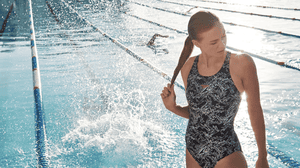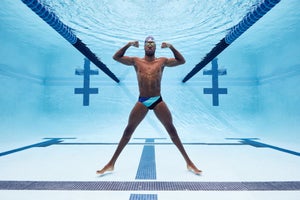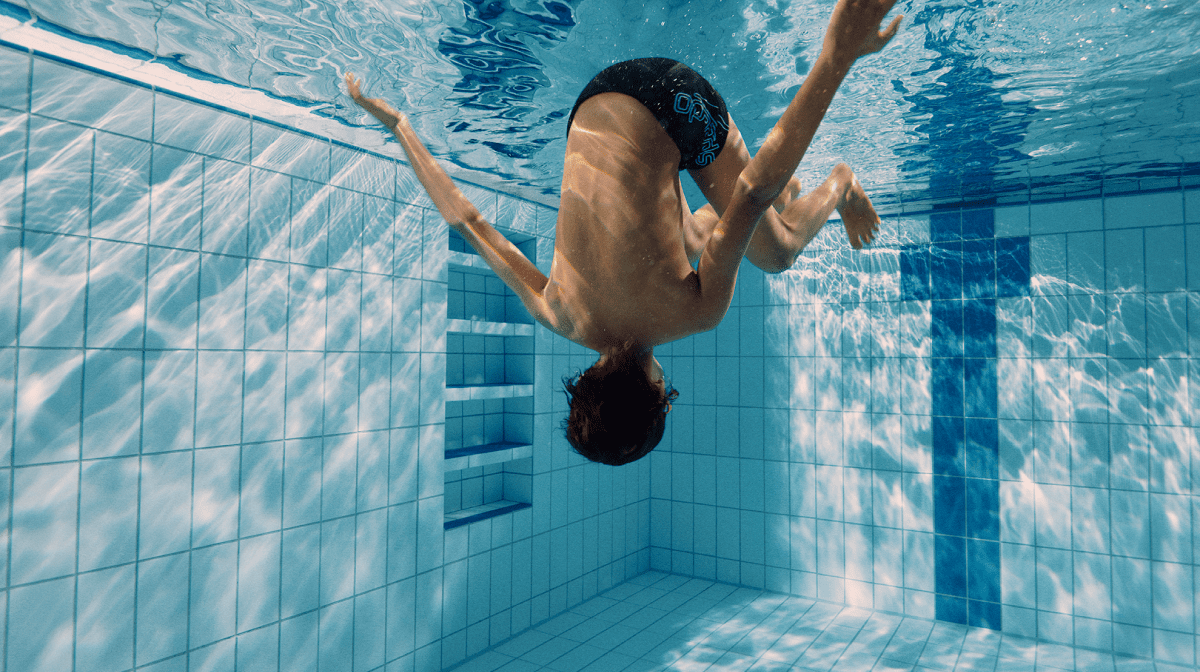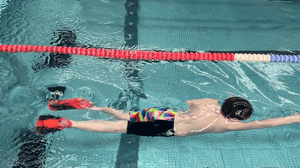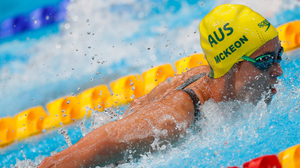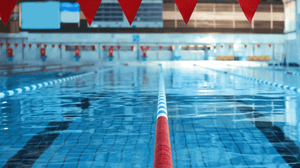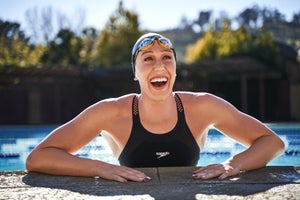
Getting started
Unlike a touch-turn (where you touch the wall at the end of a lap, turn around and continue), a flipturn includes an underwater somersault (the ‘flip’) and push off the wall, performed in one fluid movement into your next lap. The benefit? A faster lap time, as you cut out the few split-seconds it takes to touch the wall and turn around.
Follow these three key steps to performing an efficient flipturn, complete with handy swim tips.
Step 1 – The somersault
Stage one of the flipturn is the somersault. As you finish your last stroke, tuck your chin in to your chest and dolphin-kick your legs to flip your body. As you come to the end of the somersault, remember to keep your knees tucked in for the second stage of the flipturn.
Keep your arms down by your side as you perform the flipturn (having them in front of you can slow the movement down), using them to balance yourself if necessary. Maintain your arms-by-sides position so that your upper body is in the perfect position when you push off the wall and straighten your legs
Never performed a flipturn before?Practice ‘flipping’ and exhaling underwater to help you get used to the sensation. To practice exhaling, find a deep part of the pool where you can’t touch the floor and gently propel yourself upwards, vertically, enough to send yourself back underwater. As you hit the surface of the water to submerge yourself underwater, breathe out. Take a breath when you return to the surface. Repeat as necessary until it feels more comfortable.
Top TipPerforming an underwater somersault can lead to a mouth or nose full of water, which can be very uncomfortable. To prevent this, take a breath of air before you start the movement and breathe out for the entire duration of the flipturn.
Step 2 – The push
The push stage determines how fast you enter into your next lap. As you’ve completed your somersault you’ll now face the ceiling with your knees bent. As you propel your legs into a straight position, find the wall with your feet and use it to push yourself into the next lap.
Step 3 – Rotating your body
Having pushed off the wall, you now need to rotate your body from its current ceiling-facing position back to your swimming position, with your head facing the bottom of the pool. As you push off from the wall, gently rotate your body so you’re facing the floor, and then begin to dolphin kick. After completing your dolphin kicks, start your freestyle stroke pattern and continue your swim as normal.
Top TipHow do you know when to start your flipturn? Most pools have a line running across the floor of each lane, which helps us to swim straight. The shorter, perpendicular line which makes a ‘T’ shape signifies that the end of the pool is two feet away – time to start your flipturn.
Have fun practicing your flipturns!
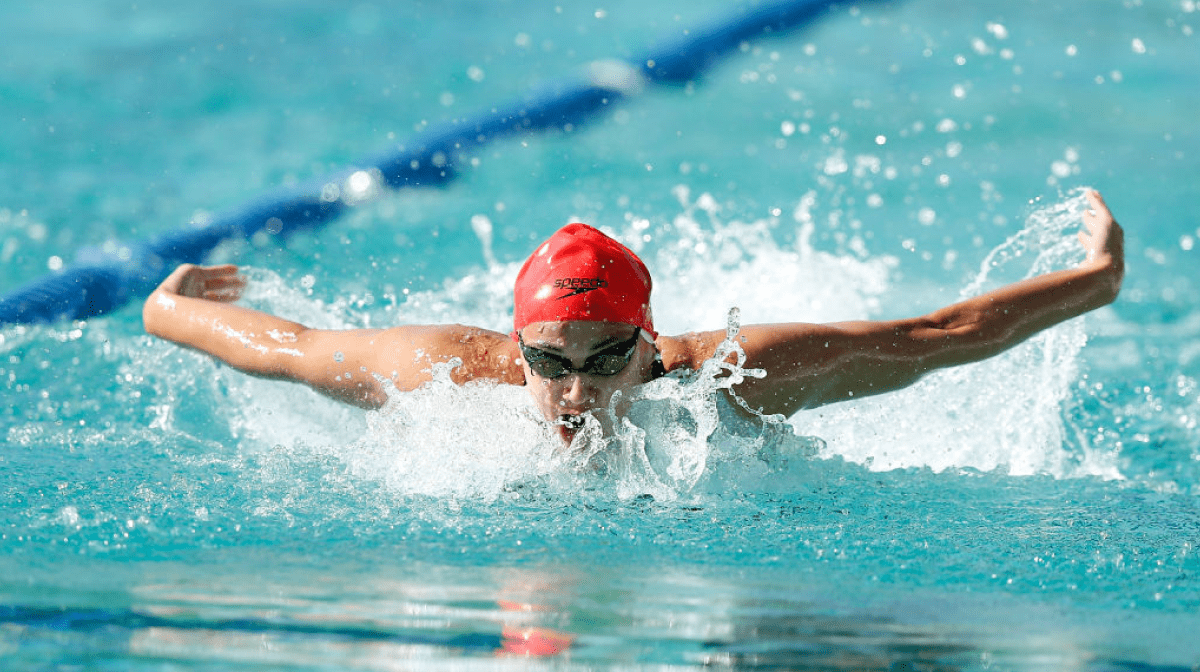
Butterfly Stroke: Technique Masterclass
Master the most majestic of swimming strokes with our butterfly masterclass.

Related Articles
